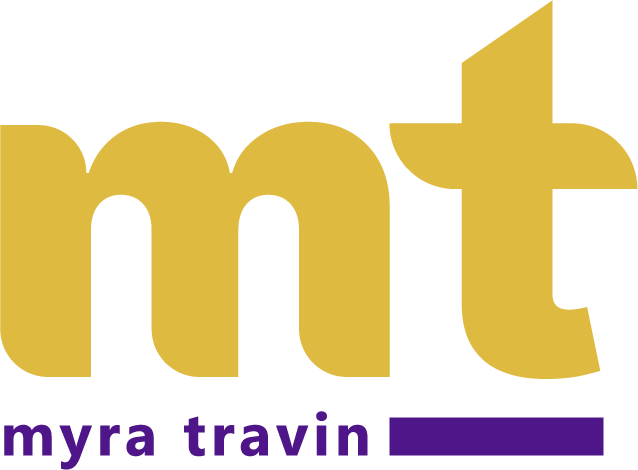LX Perspectives is a series of guided articles by guest bloggers on LXDesign.co. We ask learning designers, education technologists, UX designers and others to share their views on what experience design can mean for education and learning. Each guest is posed 4 questions to explore this topic and free to share other thoughts as well.
Our first guest is Myra Travin, a highly experienced LX Designer and Educational Futurist with odd taste in ice cream. You can find out more about Myra at her website www.myratravin.com and connect with her on Twitter @m_travin.
Q1: Can you tell us a little about yourself and when and how you began thinking about the connection between UX design and learning design?
In the equation of technology and learner, I believe the key element of design is how humans develop a relationship with the tool they are using and how they become co-creators for interface and technology design. Since my first panel appearance in 1993 with Howard Rheingold and William Gibson, I have believed that in this relationship, learners come first. I have been developing personalized strategies that connect to learners’ interests and experiences by adjusting the pace, context, and approach to learning as an LX Designer and Educational Futurist, and I have worked with Fortune 50 corporations and government and higher education institutions to deliver learning ecology frameworks that capitalize on the new factors of learner choice and access.
One thing is certain. You are not going to get many takers for a garlic and vanilla sandwich. It’s kind of how I think about the meeting at the middle of UX and ID, which has been called LX Design. In her seminal blog post “Instructional Design Needs a New Name,” Connie Malamed suggested that IDs get hip with the cool acronym crowd. UX, UI, LX. I can’t help but think, however, of my friend who worked at McDonald’s as a kid. Someone walked up to him and asked: “Can you make me a fish filet?” “Poof,” said Cameron, “you’re a fish filet.” Just because you want to be an LX doesn’t make you one by magic.
Granted, that example is silly, but the idea may still apply here: Just changing a title does not make one something different. So what exactly is this marriage of UX and ID? Is learning experience design a subset of UX design? Is technology used for learning a subset of ID? The questions abound, but one thing seems clear: Taking two very separate and independent disciplines with specific protocols and ideas and smushing them together has created a lot of debate about how to move forward in unison.
Q2: Learner experience design or learning experience design?
I think an exciting aspect of LX is the sense of it being a new frontier and one that is not fully yet defined. If I had to take sides I would say that learner design is the better goal. I am less interested in the process of developing learning than I am in understanding the internal world of the learner.
Q3: How do you see the relationship between learning design and LX design?
If UX designers are from Mars and IDs are from Venus, we have a lot to discuss, but different languages to discuss it in. We don’t always speak the same lingo, we don’t use the same processes, we tend not even to respect each other’s accomplishments or ideas—and as you may know, that is not the prescription for a healthy marriage.
If we try, out of sheer convenience, to swallow another discipline whole—just to make the entire field easier on ourselves—there is a lot that will get lost in translation, and we ultimately will not accomplish our goals. On the other hand, if we pretend that we have a thorough understanding of the other side of the equation with a sunny act of rebranding, we have the same problem. Garlic and vanilla sandwich, anyone?
Q4: What changes in your work and projects when you think of yourself as a Learner Experience Designer?
In my latest learning models, I am emphasizing the concept of shared domain expertise. And before the whole branding thing busted loose, both sides were working to be about the user. I am also all about the user—the learner. In the model I co-created for learning and technology, I suggest that nothing happens before learners are truly understood. I know that will make some UX designers’ heads explode, but the truth is the truth. Just asking a user if they like more or less of what your current design is doesn’t equal comprehension, capability, or even begin to approach the mystery of real learning. Because people often don’t learn and don’t even know that they aren’t.
My solution is for us to work together, to deal with some of the thorny issues—like evaluation and assessment versus product deadlines—and more than anything actually respect one another. I think we can move forward that way and the term LX won’t just be fancy branding, but it will really stand for a bi-disciplinary approach by those who understand both technology and learning.
Oh, and here is a great recipe for Garlic Vanilla Ice Cream. It’s actually really good. Who knew?





